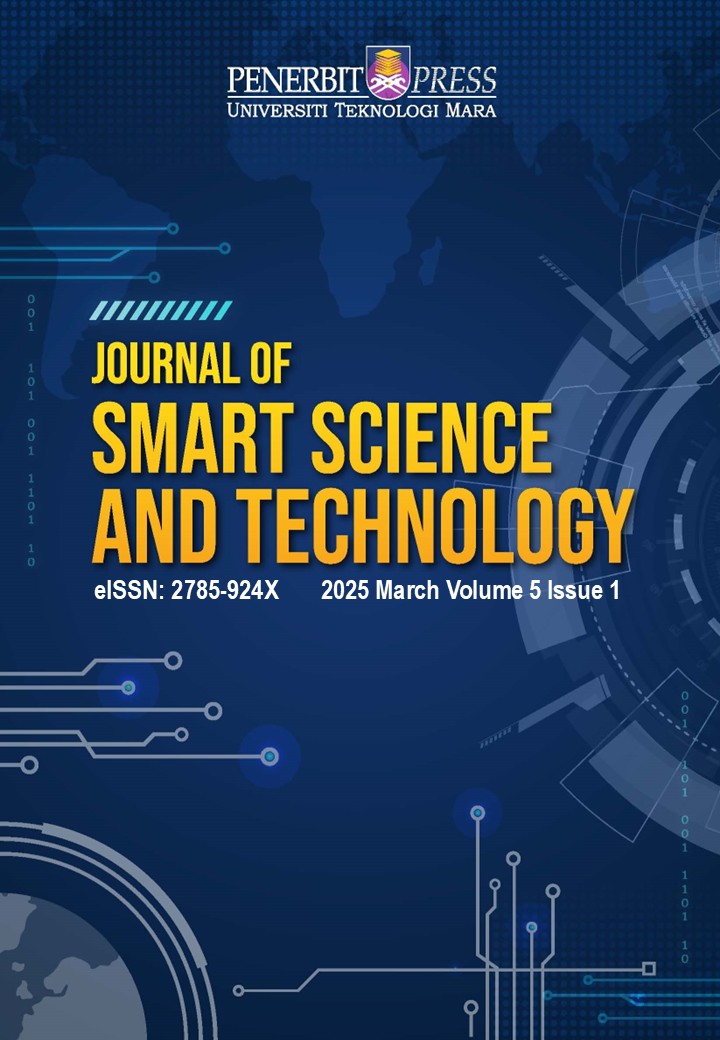Improved Palm Oil Mill Effluent Degradation by Fe²⁺/Fe³⁺ Ion Exchanger Mediator
DOI:
https://doi.org/10.24191/jsst.v5i1.90Keywords:
POME, Fe2 /Fe3 Ion Exchangers, Redox Processes, DegradationAbstract
This present study investigates the efficiency of using ion exchanger Fe2+/Fe3+ mediator for the degradation of Palm Oil Mill Effluent (POME). The ion exchanger of Fe2+/Fe3+ mediator enhanced the redox reaction in liquid POME degradation. Comprehensive analysis on POME before and after degradation by 0.005 M FeCl3 was conducted by several characterisation techniques, including cyclic voltammetry (CV), Ultraviolet-visible (UV-Vis) spectroscopy, Attenuated Total Reflectance-Fourier Transform Infrared spectroscopy (ATR-FTIR) Analysis, X-ray diffraction (XRD), and Brunauer-Emmett-Teller (BET) analysis. The CV analysis provided a better understanding on the oxidation and reduction reaction during the degradation of liquid POME. The identification of chemical bonds and functional groups was carried out by using the ATR-FTIR analysis. The type of crystal or amorphous patterns identified by XRD and surface area measurements were done by using the BET analysis. The findings revealed that the existence of ion exchanger Fe2+/Fe3+ mediator performed redox reaction by CV and the peak current density of oxidation (Ipa) showed similar results for fresh liquid POME and liquid POME+0.005 M FeCl3, that is 1.34 ´ 10-1µA cm-2. Meanwhile, the peak current density of reduction (Ipc) for both samples were -1.33 ´ 102 µA cm-2 and -5.89 ´ 101 µA cm-2, respectively. The specific capacitance, C are 125.08 C and 157.71 C for both samples. Spectrometry analysis by UV-Vis spectrometry showed a significant absorbance reduction and chemical shifting when 0.005 M FeCl3 was added to liquid POME. By using the ATR-FTIR analysis, it was revealed that the chemical bonds changed on dried solid POME after degradation with the addition of 0.005 M FeCl3. Amorphous diffractogram patterns were identified for both samples by XRD analysis. An increase in surface area from 0.94 m2 g-1 to 18.55 m2 g-1 was also revealed from the BET analysis. This research contributes to the knowledge on the role of ion exchangers Fe2+/Fe3+ mediator, providing a foundation for effective liquid POME treatment.
Downloads
Published
Issue
Section
License
Copyright (c) 2025 Authors

This work is licensed under a Creative Commons Attribution 4.0 International License.

